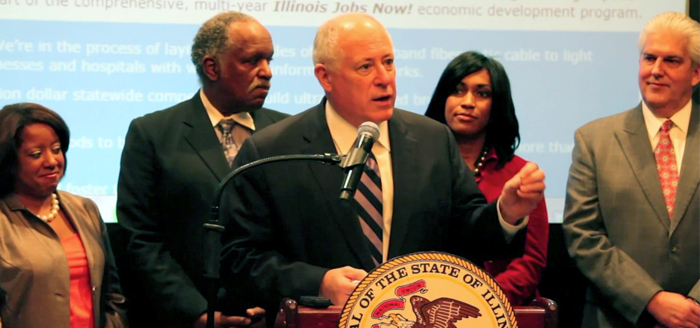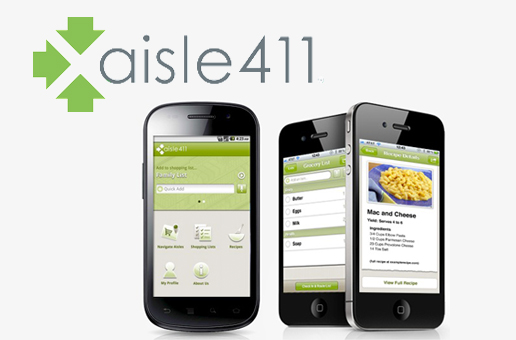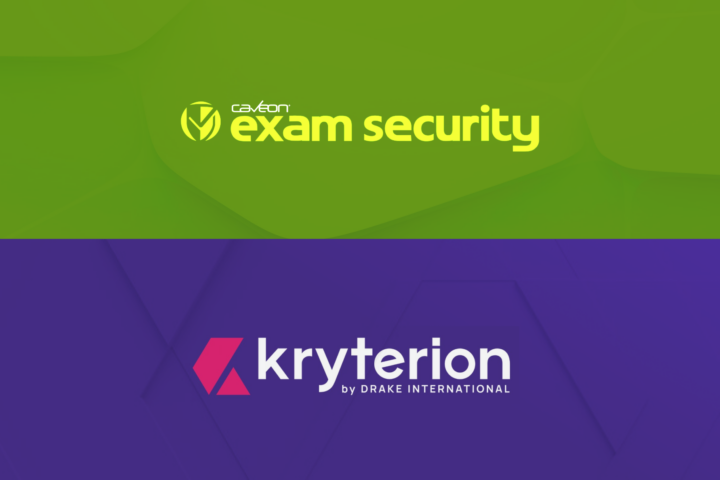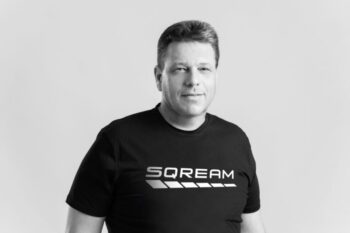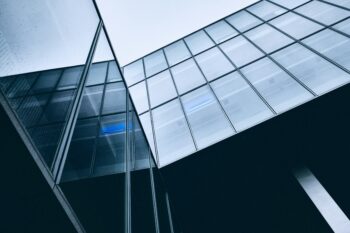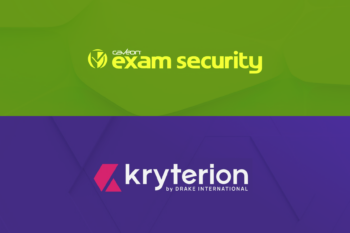While Google may be on the verge of flipping the ISP industry on its head with Google Fiber, which kicked off in Kansas over the summer, Gigabit Squared announced this week that it will bring the ultra-fast internet of the future to neighborhoods on Chicago’s mid-south side. The new infrastructure is part of a broadband initiative between the State of Illinois and Gigabit Squared, which is putting $5 million into the project from the company’s Gigabit Neighborhood Gateway program.
The Illinois Department of Commerce and Economic Opportunity is putting an additional $2 million toward the project, with further contributions from the University of Chicago and the Woodlawn community planning to bring the total to $9 million for the initiative.
“Smart communities will foster the job engines of the future,” said Illinois governor Pat Quinn. “To win in the information economy, we need information infrastructure that is second to none. Through the Gigabit Communities Challenge, Illinois will build stronger, smarter communities with internet connections more than 100 times faster than they are today.”
Check out the video below to watch Quinn’s speech awarding the Illinois Gigabit Communities Challenge award to Gigabit Squared:
Gigabit Squared will bring its high speed network to nine neighborhoods on the city’s mid-south side. The initial phase of the project is expected to bring the gigabit internet to nearly 5,000 residents of Chicago’s Hyde Park, Kenwood, Woodlawn, and Washington Park neighborhoods.
The program is ultimately aiming to attract businesses and grow the entrepreneurial community in the neighborhoods surrounding the University of Chicago — a largely underserved area of the city with great potential for economic development.
“There is nothing more important for our neighborhood’s growth and vitality than the ability to compete and thrive in today’s global economy,” said Network of Woodlawn chairperson Dr. Byron Brazier. “Our neighborhood business owners and entrepreneurs — as well as students and their families — are looking for chances to grow and expand their businesses and educational opportunities. This initiative helps bring and create small businesses, opportunities and jobs to make Woodlawn a destination community of choice.”
The initial phase of the project is expected to be completed over the next year, with added infrastructure bringing the ultra high speed internet to five more Chicago neighborhoods over the next four years. As many as 210,000 residents could have access to the gigabit network by the time the project is finished.

